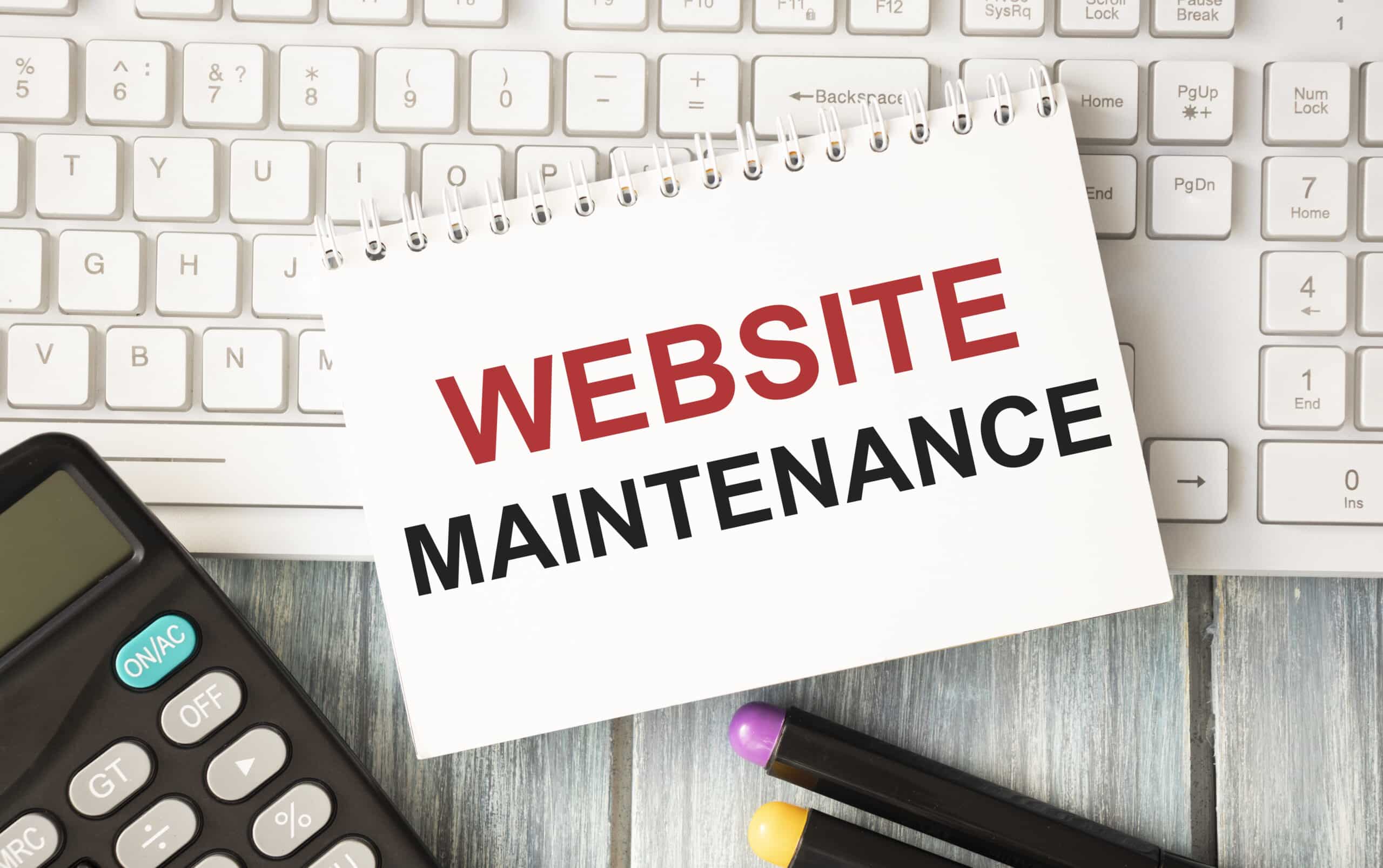Picture this: you hit refresh on your WordPress site and it still feels sluggish. Annoying, right? That lag often points to a bloated or misconfigured database. In this ultimate guide to WordPress database optimization, you’ll learn how to optimize your WordPress database. We’ll focus on speed, stability, and scalability. You’ll learn to diagnose connection errors, clean up unnecessary data, tweak performance, and choose the best plugin.
Understand Database Basics
WordPress Data Storage
Your site uses MySQL or MariaDB to store content, settings, and user data. Every post, comment, and option lives in a specific table. Getting familiar with this layout makes troubleshooting easier.
Key Database Tables
- wp_posts: holds posts, pages, and custom post types
- wp_postmeta: stores metadata for posts and pages
- wp_comments: keeps user comments
- wp_options: saves site settings and plugin data
- wp_users: contains user profiles
Plugins and themes may add extra tables over time, which can bloat your database.
Diagnose Connection Errors
Ever seen the dreaded “Error establishing a database connection” message? It’s one of the most common headaches for WordPress owners.
Verify Database Credentials
Most connection issues come from a typo in wp-config.php when the database name, username, or password is wrong. Double-check those values and re-upload the file to fix many errors instantly.
Inspect Server Configuration
Low memory and server timeouts can also break connections. Check for:
- PHP memory limit hitting its max
- MySQL downtime or crashes
- Slow or overloaded shared hosting
Upgrading to a WordPress-optimized host often prevents recurring timeouts.
Clean Up Database Tables
Why let clutter slow you down? Below, we’ll show how to clean up WordPress database entries you no longer need.
Delete Unnecessary Entries
Remove these data types to slim down your tables:
- Spam and trashed comments
- Post revisions and drafts
- Orphaned metadata from inactive plugins
- Pingbacks and trackbacks
Regular cleanup prevents bloat that can slow queries and impact performance.
Repair Tables With phpMyAdmin
- Log into phpMyAdmin and select your WordPress database
- Check all tables in the list
- Choose “Repair table” from the dropdown menu
- Confirm and wait for the success message
This quick fix resolves minor corruption without extra plugins.
Optimize Database Performance
Want to squeeze extra speed out of your site? These tweaks show how to optimize WordPress database for speed.
Increase PHP Memory Limit
Open wp-config.php and add:
define('WP_MEMORY_LIMIT', '256M');This bump gives your database room to handle larger queries and heavy traffic without errors.
Configure Database Indexes
Indexes speed up data lookup by telling MySQL which columns to prioritize. In phpMyAdmin:
- Select a table
- Click “Structure”
- Choose “Index” on key columns (like post_date or user_id)
Use the EXPLAIN command to spot slow queries.
Use WordPress Repair Tool
Add this line to wp-config.php:
define('WP_ALLOW_REPAIR', true);Then visit /wp-admin/maint/repair.php to repair and optimize tables automatically. Remember to remove the line when you’re done.
Select Optimization Plugin
Confused by all the plugin options? When it comes to choosing the best database optimization plugin for WordPress, you have several solid choices.
Comparing Top Plugins
Each solution offers different levels of control, safety, and scheduling. Pick one that fits your site’s size and your comfort with technical settings.
Plugin Pros And Cons Table
| Plugin | Key Features | Best For | Price |
|---|---|---|---|
| WP-Optimize | Database cleanup, caching, image compression | Beginners, one-click setup | Free / Premium |
| Advanced Database Cleaner | Orphaned metadata removal, cron scheduling | Power users, detailed control | Free / Pro |
| WP-Sweep | Uses WP delete functions, safe cleanup | Small sites, risk-averse owners | Free |
| Database Cleaner by Meow Apps | Visual table inspector, beginner-friendly UI | Visual approach, plugin lovers | Free / Paid |
| Optimize Database After Deleting Revisions | One-click revision, spam, and trashed post cleanup | Bloggers, small sites | Free |
WP-Optimize delivered a 19.2% speed improvement in tests. Advanced Database Cleaner saw a 6.32% boost, while Optimize Database After Deleting Revisions cut load times by 1.05%.
Monitor Database Health
Keeping an eye on your database helps you catch issues before they slow you down.
Schedule Regular Backups
- Use WP-DBManager to set weekly or monthly backups
- Store copies offsite on Dropbox or Google Drive
- Test restores to ensure your backup works
Track Performance Metrics
- Install Query Monitor to view slow queries
- Check load times in Google PageSpeed Insights
- Consider New Relic for real-time database monitoring
Don’t forget our website performance checklist while you’re tweaking your database.
Plan Ongoing Maintenance
- Verify database credentials after migrations or major changes
- Clean up spam, revisions, and trash at least once a month
- Repair tables quarterly or after large updates
- Adjust PHP memory limit as traffic grows
- Stick with one plugin that matches your workflow
- Review backups and performance metrics regularly
Try one of these steps today, maybe start with a quick cleanup, and notice how your site responds. Have a favorite optimization tip or plugin? Share it in the comments so everyone can benefit.








